Walk-Up Apartments: Treasures or Traps?

Get The Property Insights Serious Buyers Read First: Join 50,000+ readers who rely on our weekly breakdowns of Singapore’s property market.
A seasoned content strategist with over 17 years in the real estate and financial journalism sectors, Ryan has built a reputation for transforming complex industry jargon into accessible knowledge. With a track record of writing and editing for leading financial platforms and publications, Ryan's expertise has been recognised across various media outlets. His role as a former content editor for 99.co and a co-host for CNA 938's Open House programme underscores his commitment to providing valuable insights into the property market.
More than one Singaporean (or expatriate) has been ambushed with a walk-up apartment. You’re told a particular property is spacious, it’s got a great location, low price, etc. but then you arrive and find out the one problem: no elevator.
We find it impossible to predict how you’ll react at that point.
Some people immediately feel faint, seeing visions of them staggering up the 40+ steps with groceries. Others like the place even more – some people secretly feel satisfaction at not being one of the lembeh people, who are too soft to handle stairs.
But are walk-up apartments really hidden gems in the Singapore private property market? Or are they just a dead-end of property investments? Let’s find out:
What is a walk-up apartment?
In the context of this article, we’re referring to apartments in which there’s no elevator. These tend to be small, older developments, which don’t usually go beyond the fifth floor, because that’s where your thigh muscles will give out.
(Another type of walk-up is the shophouse, but we’ve excluded these for now as shophouses are a whole different ball game.)
With that in mind, let’s get straight to the first big question:
How well can walk-up apartments appreciate, really?
Let’s look at three examples that are in good locations:
- Eng Aun Mansion
- Rosalia Park
- Tiong Bahru Estate
1. Eng Aun Mansion
Eng Aun Mansion has featured before, on our list of 148 obscure freehold properties. Good thing it’s freehold, as its completion date is a mystery (try looking for it, you’ll see).
This small development (only 30 units) is along Thomson Road, and is just four to five minutes’ walk from the Novena MRT station (District 11); this is quite a desirable location, despite its age.
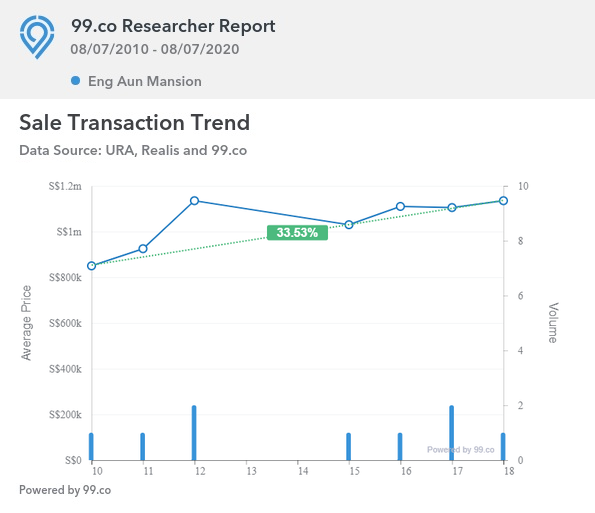
Over the past 10 years, the average price of a unit at Eng Aun Mansion has appreciated by just over a third, from $850,000 to $1.135 million. The last recorded transaction was on 12th February 2018, when an 872 sq.ft. unit transacted at $1.135 million ($1,303.79 psf).
2. Rosalia Park
Rosalia Park is a freehold development in Lorong Ong Lai (Upper Serangoon), in District 19. This is also a small development with just 88 units, that was completed way back in 1995.
Here’s how prices have fared:

Prices have appreciated from an average of $926,429 in 2010, to about $1.535 million; an increase of 65.69 per cent. The last recorded transaction was on 19th December 2019; this was for a 1,475 sq.ft. unit, at $1.37 million ($929.03 psf).
3. Tiong Bahru Estate
If you’ve walked past Tiong Bahru Estate before you’ll be forgiven for thinking it is a walk-up HDB apartment. This is a very old estate that was completed in 1937, which means its first buyers also hold the record for worst investment timing ever (World War II started in 1939). It’s actually a really fascinating piece of real estate in Singapore – it’s transactions are classified under private property caveats but if you have any rebuild requirements you will have to take it up with the HDB rather than BCA.

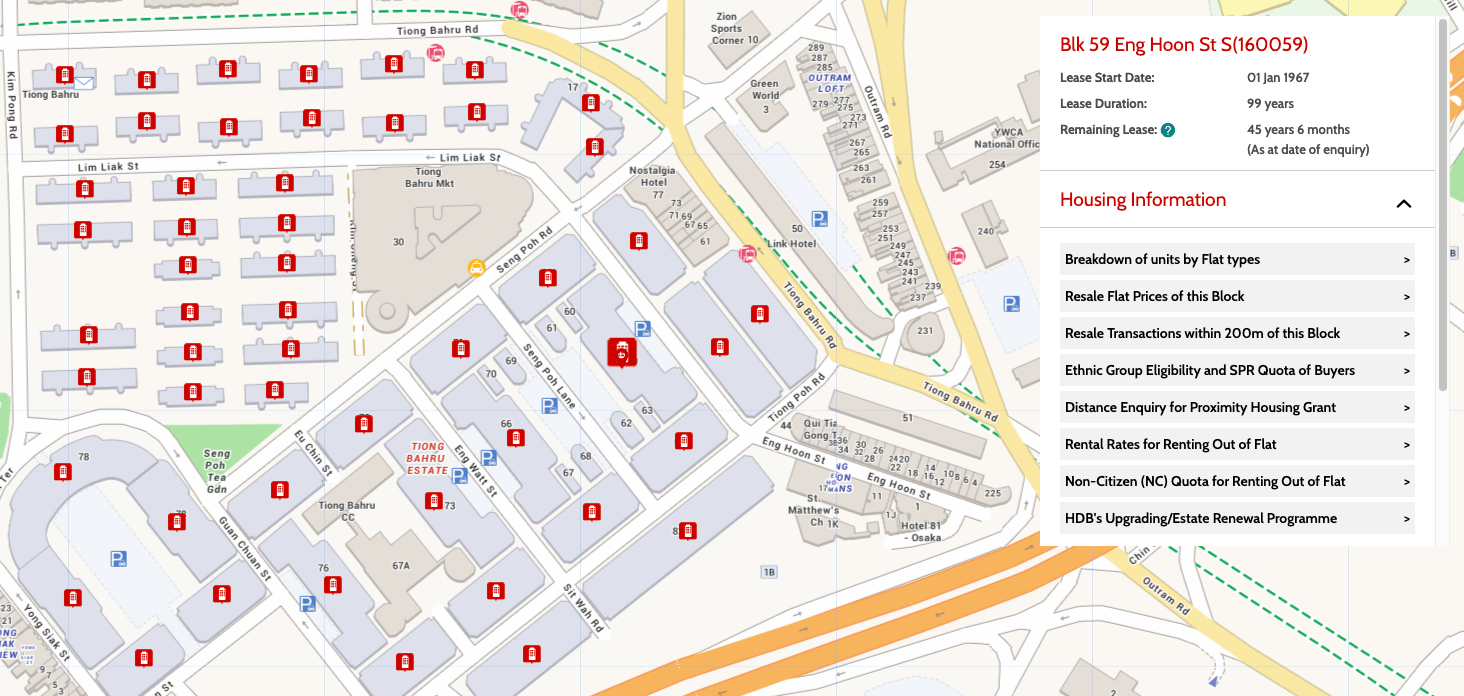
But as you can see, different blocks all have different build dates – with varying lease dates remaining too.
Also note that this is a 99-year leasehold development – so it basically has just 16 years of lease remaining.
We can’t actually call this a condo, as that concept didn’t exist back then, and it has no condo facilities (count the stairs as a gym if you’re on the fifth floor, we guess?)
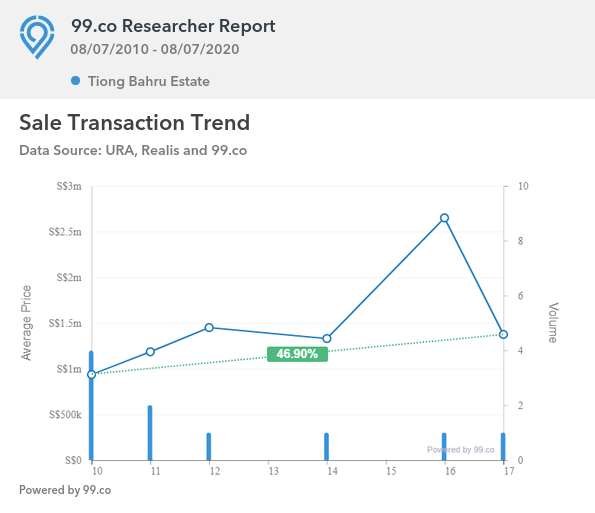
The average unit price has appreciated from $936,000 in 2010, to $1.375 million today; an increase of 46.9 per cent. That figure is mainly due to the last transaction on 31st October 2017. This was for a 1,001 sq.ft. unit, priced at $1.375 million ($1,373.5 psf). But the most stunning part? The previous transaction was sold at $2.65 million, or $1,865 psf in 2016 – an otherworldly amount to pay for a place with so few years remaining.
Overall, we can see there’s still a lively demand for walk-up units. However, there are other factors to consider:
- Facilities wise, apartments are not the same as full-suite condos
- Small numbers of units, and low volume of transactions
- The age factor of walk-ups
- En-bloc prospects
- A smaller prospective pool of buyers and tenants
1. Facilities wise, apartments are not the same as full-suite condos
Notice that the above developments are not called walk-up condos, but walk-up apartments.
More from Stacked
We Own A 2-Bedder Condo In Clementi: Should We Decouple To Buy A Resale 3 Bedder Or Sell?
My wife and I have been a long time reader of Stacked home and we enjoyed the multiple analysis articles…
Most walk-ups are not condos with full condo-style facilities. Some may have basic features like a small pool, but you’re probably not getting the full suite of clubhouses, BBQ pits, gyms, etc.
This should make you pause for consideration, as a walk-up can still cross the $1 million mark, without offering any of those facilities.
2. Small numbers of units, and low volume of transactions
Walk-up developments tend to have small numbers of units. While that’s great for privacy, it can make resale prospects more volatile.
Consider, for example, a walk-up development with just 20 units, of which there have been 10 transactions over the past 30 years. This isn’t really enough to “anchor” the prices of the units. There’s a risk that, if the last unit happened to sell at an unusually low price, it can also be a drag on your unit.
It’s hard to ask for $1.5 million when the only other recorded transaction – just across from you – was for $1.2 million.
3. The age factor of walk-ups
Most walk-ups are older condos; most don’t have a completion date before the late 1990s.
In general, this will mean larger units (this is true of most older property types, not just walk-ups). However, that could come at the cost of higher maintenance and renovation needs. Some walk-ups are so old, they don’t even have air-conditioning; not a pleasant prospect when you’re already climbing four or five storeys to your unit.
Also, even if you maintain your unit property, a neighbour may not. The apartment one floor above you may not have had its pipes serviced in 25 years, and start leaking onto your living room carpet.
The good news is that most walk-ups are freehold, so at least lease decay isn’t a problem.
4. En-bloc prospects
You should never make property purchasing decisions on en-bloc potential alone.
That said, it’s one consideration that can factor into your overall decision.
Some walk-up apartments have the advantage of very good locations. Areas like Novena, Bukit Timah, or Tanglin all have old walk-up apartments; and the central location is attractive to developers.
Further, walk-up apartments are usually sitting on small land plots. This can help with collective sales potential. Developers are subject to the same five-year deadline to complete and sell their project, regardless of the development size (e.g. a developer that builds a boutique, 40-unit condo has the same five-year deadline as a developer that builds a 1,000+ unit mega project).
While this rule remains unchanged – and the economy stays headed into a Covid-19 downturn – this could make small developments more attractive than big ones, when it comes to an en-bloc.
The small number of units also helps in the en-bloc vote, as it’s easier to attain consensus when there’s a smaller number of owners.
5. A smaller prospective pool of buyers and tenants
Some buyers and tenants simply cannot choose a walk-up unit, full stop. This includes elderly people who can’t safely go up the stairs, those with health conditions, or those who are otherwise mobility impaired.
Buyers who are moving into their forever home (e.g. retirees) will look further ahead, and realise that a fourth-floor apartment with stairs-only isn’t great for their twilight years.
This does make the unit a bit harder to resell or rent out.
Overall, walk-up apartments are a tricky buy, and may be a tough call for new investors / first-time buyers
Before you purchase an older walk-up unit, consider nearby condo units at the same price range, and then weigh-up your reasons.
Do you really want to pay $1.2 million for, say, a 30-year old walk-up, when the same price can get you a smaller condo unit with more facilities?
Also, good appreciation in 30- or 40-year-old walk-ups doesn’t “just happen”; you do need to be more active in upgrading your unit, such as with top-end interior design. An ageing walk-up is not like a condo, which can bank more on its extensive facilities.
That said, a walk-up can present opportunities for home ownership in central or mature locations; and many have a unique architectural charm due to their age (unlike most contemporary developments, they don’t all look like stacks of Lego blocks).
If you need help with your decision, drop us a message on Facebook, and we can take a closer look at the property in question. You can also follow us on Stacked Homes as we review other options in the property market, to make your comparisons.
If you’d like to get in touch for a more in-depth consultation, you can do so here.
Ryan J. Ong
A seasoned content strategist with over 17 years in the real estate and financial journalism sectors, Ryan has built a reputation for transforming complex industry jargon into accessible knowledge. With a track record of writing and editing for leading financial platforms and publications, Ryan's expertise has been recognised across various media outlets. His role as a former content editor for 99.co and a co-host for CNA 938's Open House programme underscores his commitment to providing valuable insights into the property market.Read next from Property Market Commentary

Property Market Commentary When Renting In Singapore Is The Smarter Move — And Buying Can Wait

Property Market Commentary A Wave Of New HDB Resale Supply Is Coming In 2026: Here’s Where To Find Them
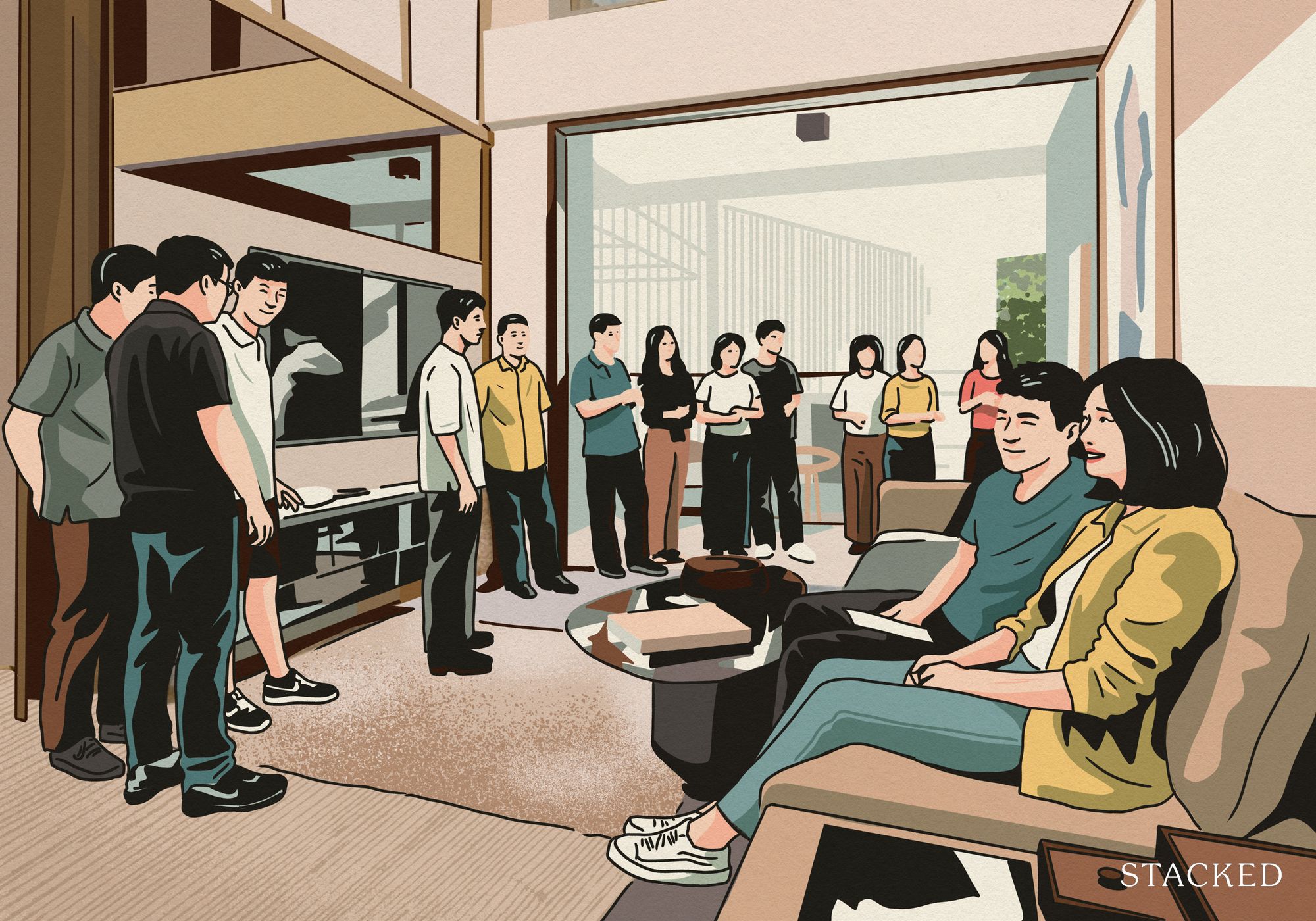
Property Market Commentary 5 Key Features Buyers Should Expect in 2026 New Launch Condos
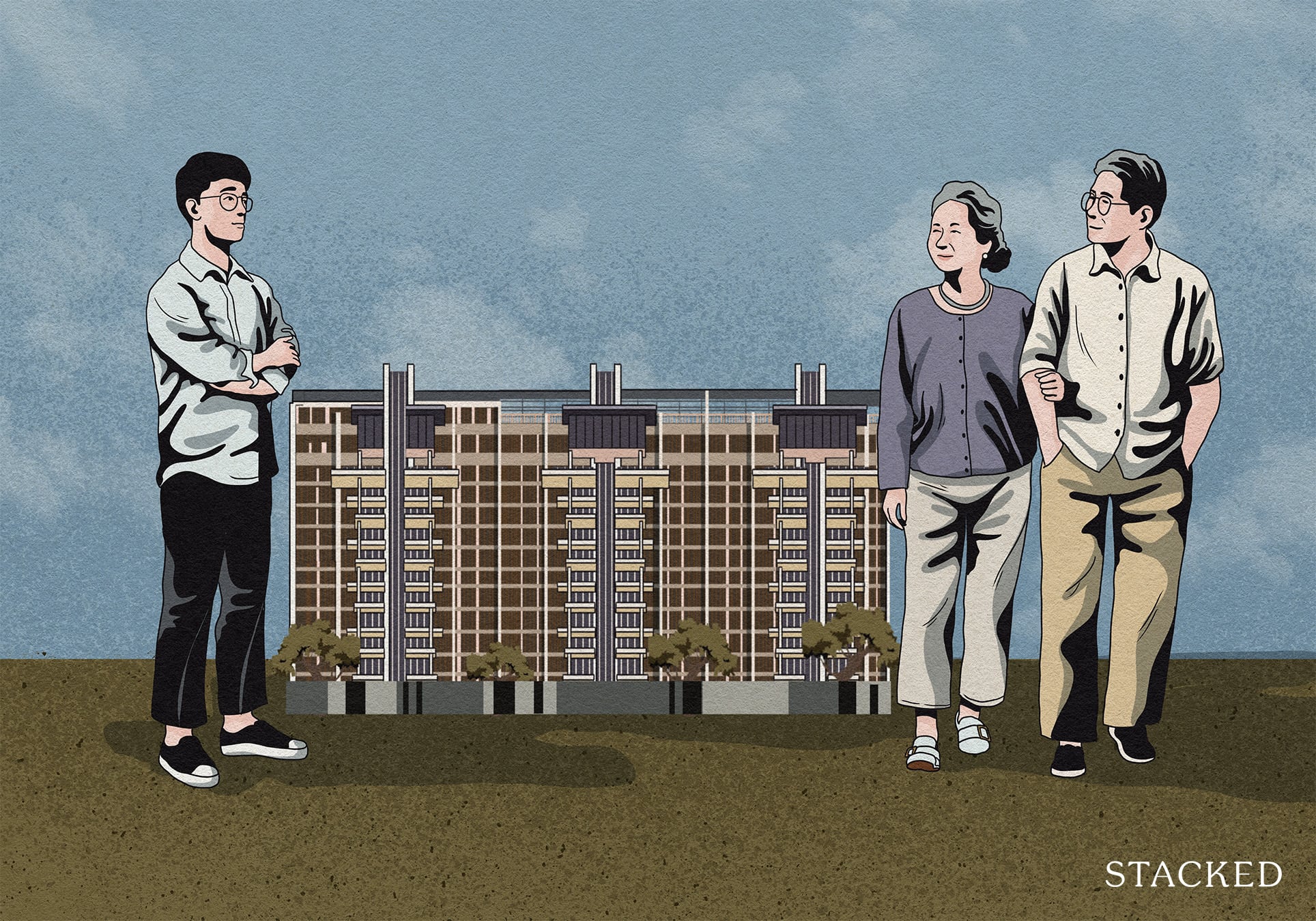
Property Market Commentary What “Lucky” Singaporean Homebuyers Used To Get Away With — That You Can’t Today
Latest Posts

Pro How A Once “Ulu” Condo Launched In 1997 Became A Top Performer

New Launch Condo Analysis I Reviewed A New Launch 4-Bedroom Penthouse At Beauty World

Landed Home Tours Why Singaporean Families Are Looking At This Landed Enclave From Around $4M

Singapore Property News Lentor’s First Condo Is Complete — The Early Profits May Surprise You

Property Advice We Own A $800K 1-Bedder And A $1.1M 3-Bedder: Is It Possible To Upgrade To A 4-Bedder Condo?

On The Market These Are Some Of The Cheapest 5-Room HDB Flats Left In Central Singapore

Pro This 698-Unit Ang Mo Kio Condo Launched At The Wrong Time — And Still Outperformed Peers
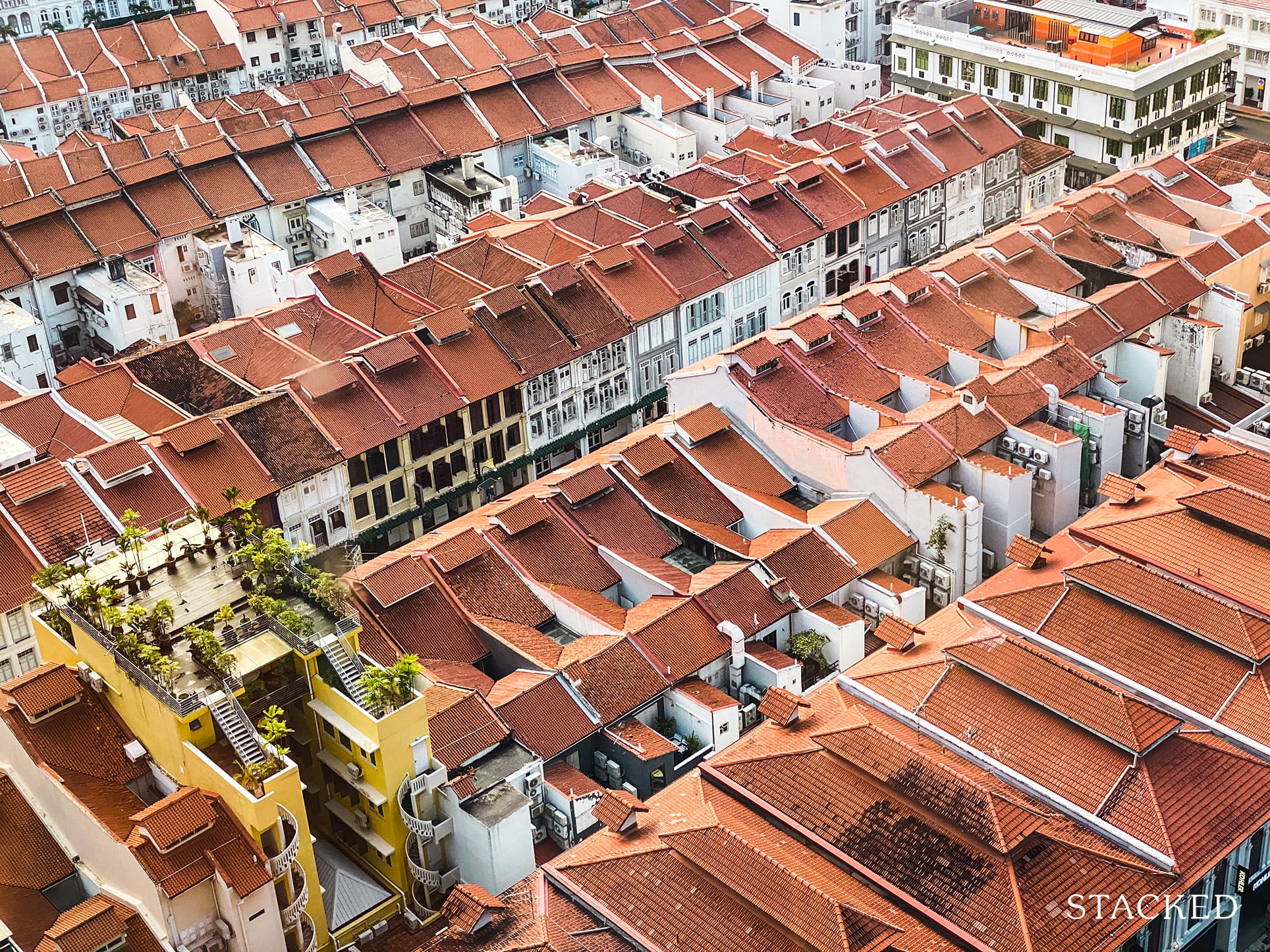
Singapore Property News $281.2M in Singapore Shophouse Deals in 2H2025 — But That Number Doesn’t Tell the Full Story

Property Investment Insights These Resale Condos In Singapore Were The Top Performers In 2025 — And Not All Were Obvious Winners

Singapore Property News CapitaLand–UOL’s $1.5 Billion Hougang Central Bid May Put Future Prices Above $2,500 PSF
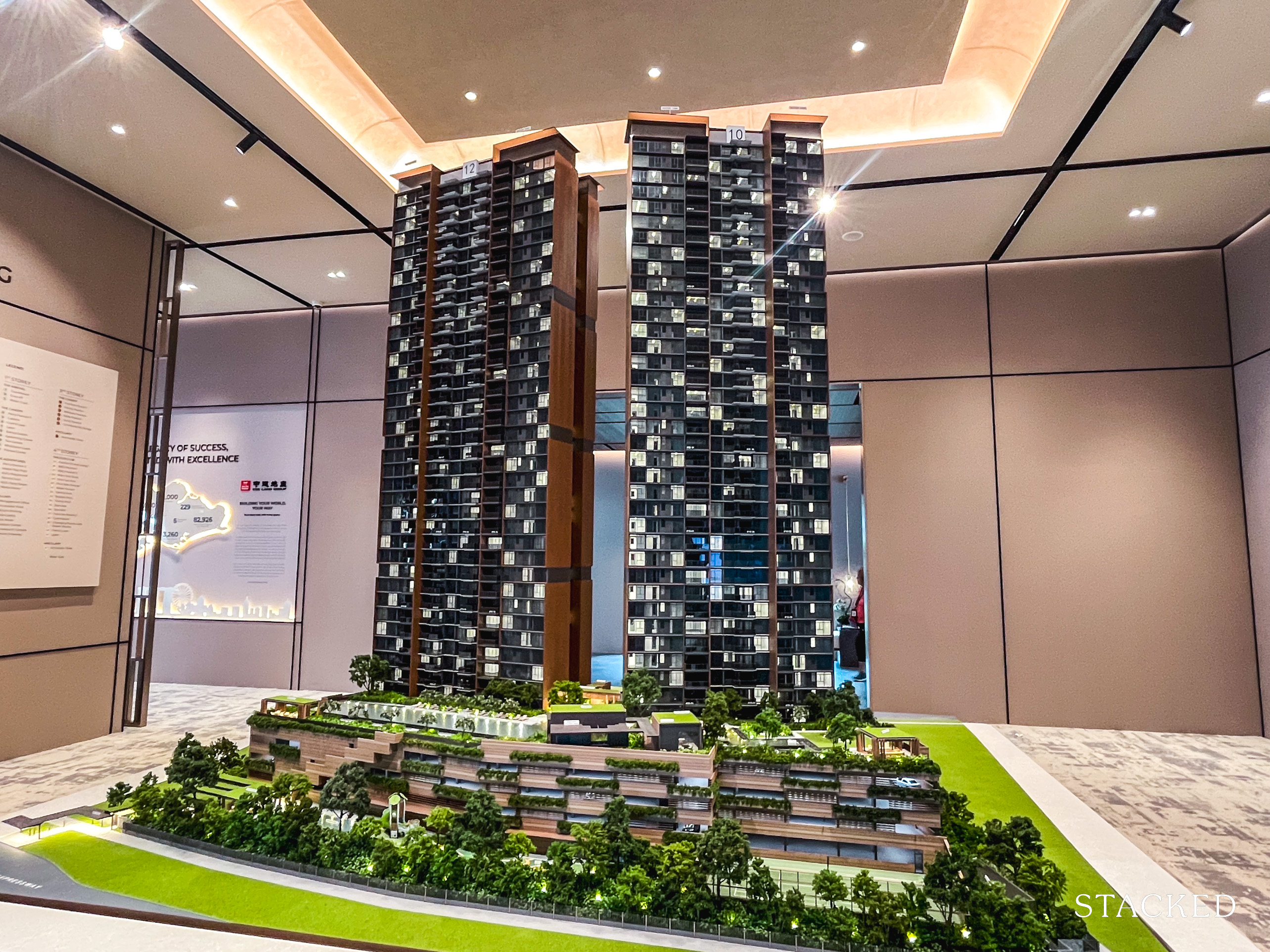
Singapore Property News Why New Condo Sales Fell 87% In November (And Why It’s Not a Red Flag)

Pro How A 944-Unit Mega-Condo In Pasir Ris Ended Up Beating The Market
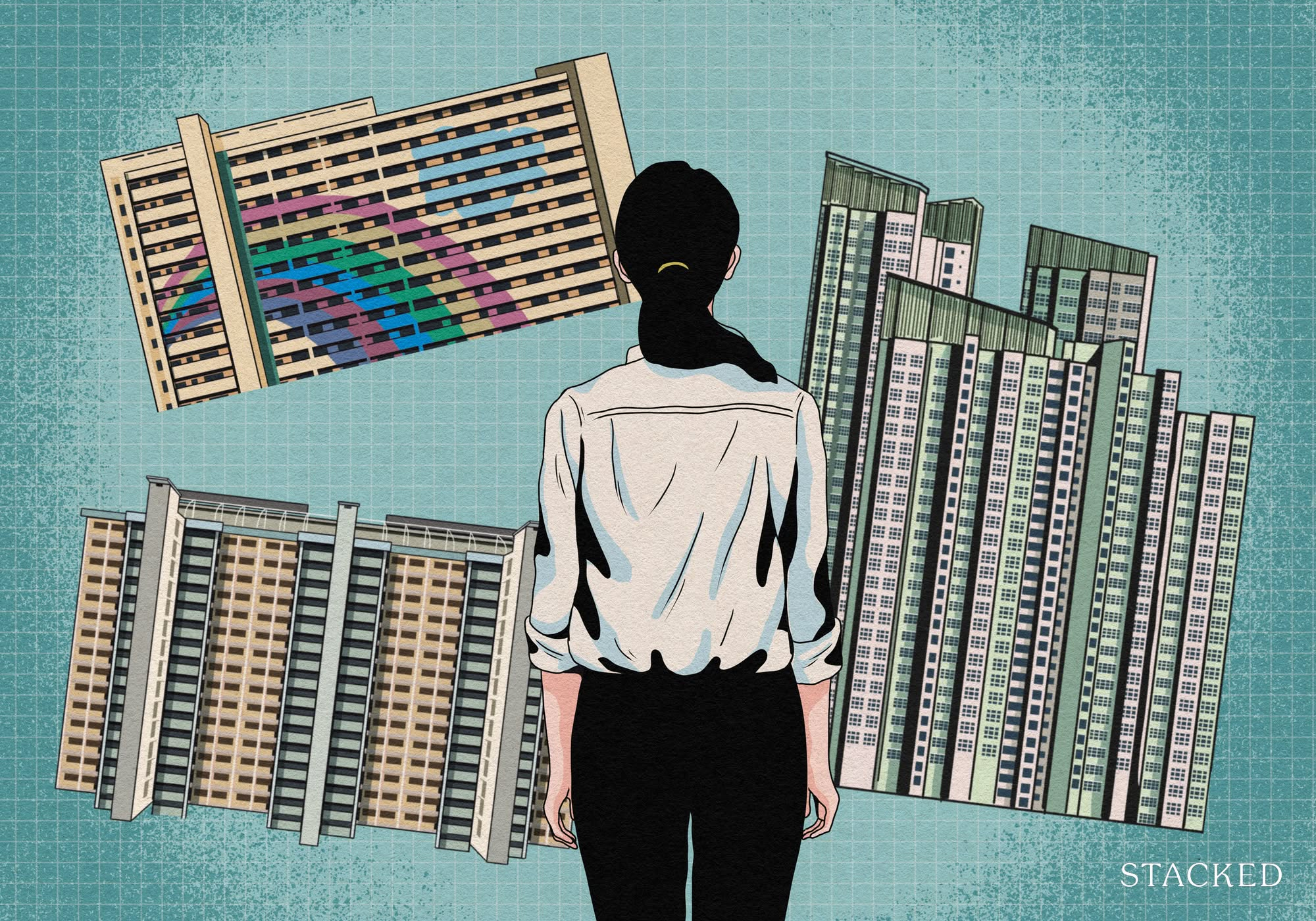
Property Investment Insights What Changed In Singapore’s Property Market In 2025 — And Why It Matters
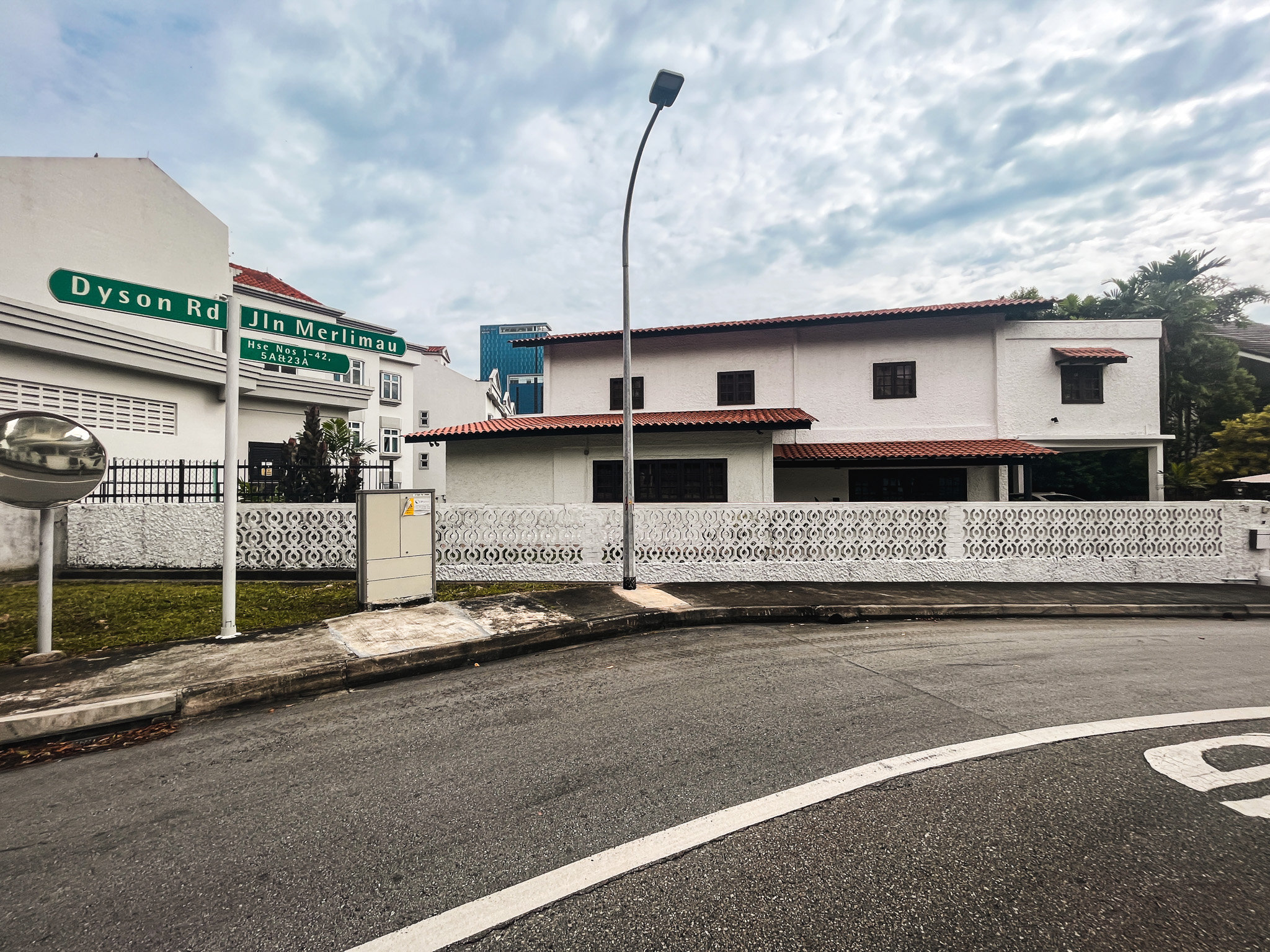
Editor's Pick We Toured A Quiet Freehold Landed Area Near Reputable Schools — Where Owners Rarely Sell

Singapore Property News How Much Smaller Can Singapore Homes Get?


